Feature
The top 10 highest-altitude railways
High-altitude railways offer key transport links to remote communities, as well as connections for tourism and leisure. Peter Nilson gives a rundown of the highest in the world.
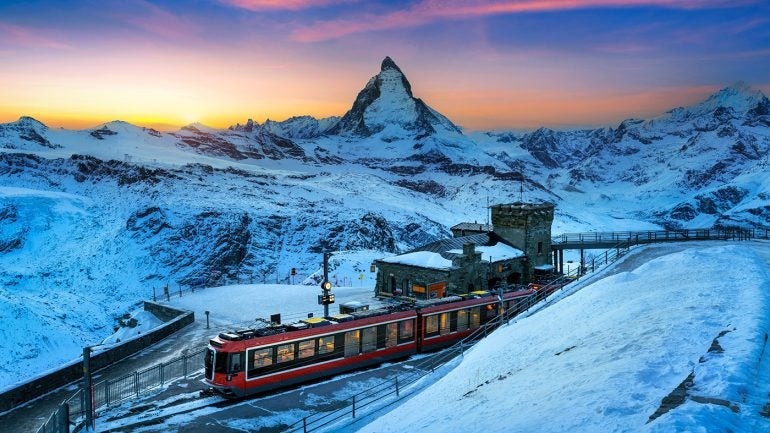
Render of the West Yorkshire mass transit system tram passing through Leeds City Centre. Credit: West Yorkshire Combined Authority
At high altitudes, snow, cold, wind, and harsh weather conditions make the construction and maintenance of railways an expensive challenge. despite this, the highest altitude railways in the world are often a vital transport link to the local communities living in these hard-to-reach regions.
The list of highest-altitude railways in the world is dominated by South America, with half of the railways listed being located on the content – as well as two in North America. Despite being home to the highest-altitude railway in the world, Asian railways only feature twice on this list, both instances being in China.
Looking ahead, the under-construction Bhanupli–Leh line in India could hit 5,359m (17,582 feet) above sea level at the Taglang La Mountain pass, which would make it the highest-altitude railway in the world.
A special mention also goes to the Empresa de Ferrocarriles Ecuatorianos heritage railway in Ecuador, which would have placed seventh on this list but was shut down in 2020 due to the impacts of the coronavirus pandemic. Ownership was transferred to the Ecuadorean State at the start of 2022, with plans being made to resurrect the service.
So, here are the top ten highest-altitude non-cable passenger railways in the world right now.
10. Cumbres and Toltec Scenic Railroad, US: 3,055m (10,022 feet)
The Cumbres and Toltec Scenic Railroad (C&TSRR) is a narrow-gauge heritage railway in the US that runs between Antonito, Colorado, and Chama, New Mexico. The 103km (64-mile) railway was originally built in 1880, the railway has been used for passenger, lumber, crude oil, and other cargo transportation during its history.
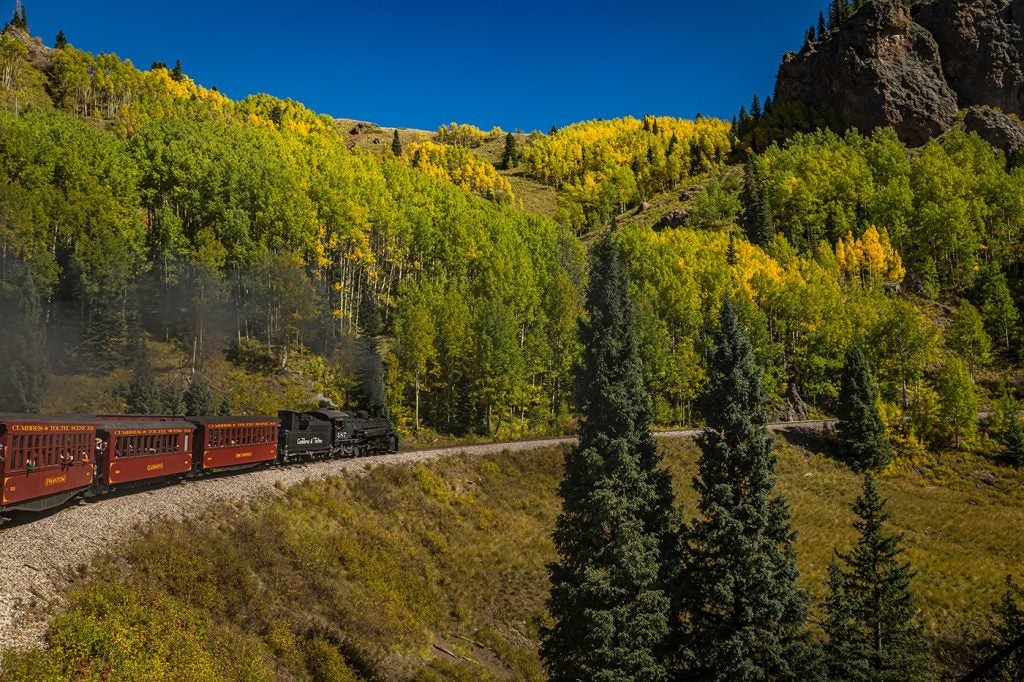
The Leeds tram network at its peak, including links to Bradford and Wakefield. Credit: Rcsprinter123 / Wikimedia, CC BY 3.0
The railway’s highest point is Cumbres Pass, a mountain pass in the San Juan Mountains, 3,055m (10,022 feet) above sea level. At present, no one lives at the summit of Cumbres Pass, though when the railroad operated as a common carrier line, railroad personnel were stationed at the pass full-time.
9. Gornergrat Railway, Switzerland: 3,089m (10,135 ft)
The Gornergrat Railway is a mountain cog railway in the Swiss Alps. It links the resort village of Zermatt to the summit of the Gornergrat, a rocky ridge of the Pennine Alps. The terminal station of Gornergrat is the railway’s highest point, located 3,089m (10,135 feet) above sea level, making it the highest open-air railway station in Europe.

The proposed Leeds Supertram routes. Credit: Wikimedia, CC BY 3.0
The Gornegrat Railway was the highest in Europe for 14 years, from its opening in 1898 until the opening of the Jungfrau Railway in 1912. The single-track electric railway operates two-railcar trains, carrying up to 2,500 people per hour.
8. Jungfrau Railway, Switzerland: 3,454m (11,332 ft)
The highest railway in Switzerland and Europe, the Jungfrau Railway connects the passes Kleine Scheidegg and Jungfraujoch Alpine mountain passes. As the three-phase electric railway operates above the perennial snow line, it mainly runs through the Jungfrau Tunnel to protect the railway from extreme weather.
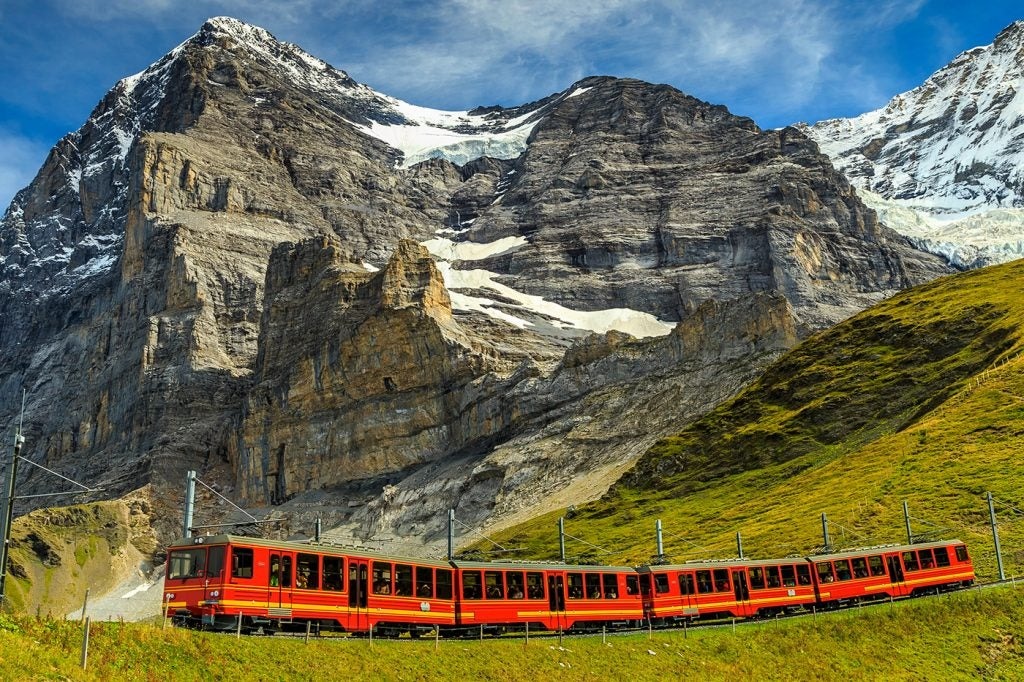
The proposed Phase One route options for the West Yorkshire mass transit system. Credit: West Yorkshire Combined Authority
The single-track strub railway hits a peak height of 3,454m (11,332 feet) at Jungfraujoch railway station, the highest railway station in Switzerland and Europe. Jungfraujoch is located within the Jungfrau Tunnel, with tunnel and elevator access to the Top of Europe Building, the Sphinx Observatory, and the Ice Palace.
7. Lanxin Second Railway, China: 3,607m (11,834 feet)
The Lanzhou–Xinjiang high-speed railway, also known as the Lanxin Second Railway, is a high-speed railway connecting Lanzhou to Ürümqi in Northwestern China. The line forms part of the Eurasia Continental Bridge corridor, a high-speed rail corridor running across China along an east-west axis.
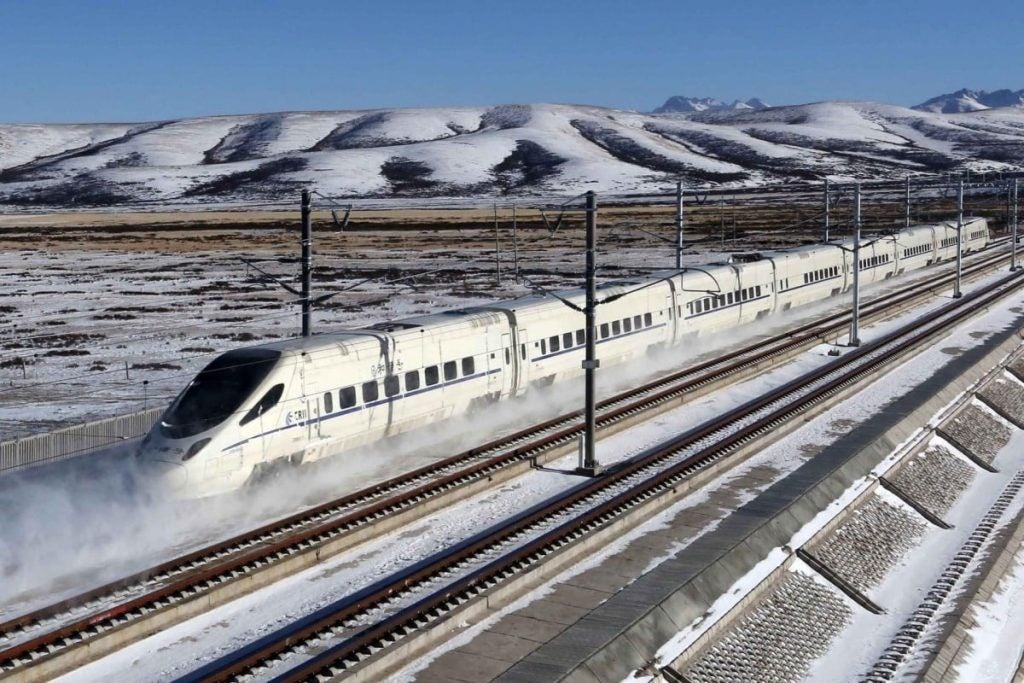
The proposed Phase One route options for the West Yorkshire mass transit system. Credit: West Yorkshire Combined Authority
The highest point of the railway is the Qilianshan Number 2 Tunnel in the Qilian Mountains, at 3,607m (11,834 feet) above sea level, making it the highest-elevation high-speed railway in the world. The dual-track Lanzhou–Xinjiang line opened in 2014 and serves 31 stations on the 1,776km (1,104-mile) line.
6. Huaytiquina, Chile/Argentina: 4,220m (13,845 feet)
The Salta–Antofagasta railway, also called the Huaytiquina, is a single-track railway connecting the city of Salta in Argentina to the city of Antofagasta in Chile. The 941km (585-mile) non-electrified railway, opened in 1948, passes through the Puna de Atacama plateau and the Atacama Desert.
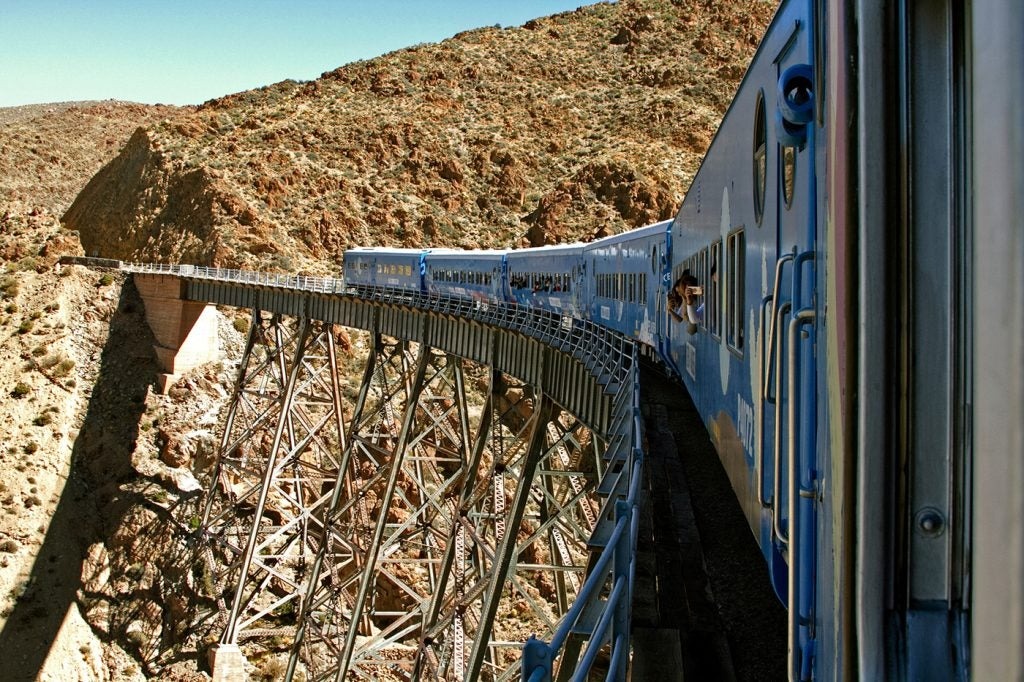
The proposed Phase One route options for the West Yorkshire mass transit system. Credit: West Yorkshire Combined Authority
The Tren a las Nubes (Train to the Clouds) tourist service operates on the line, terminating at the highest point of the Huaytiquina, the Polvorilla viaduct (La Polvorilla), elevated 4,220m (13,850 feet) above sea level. Due to the decision not to use a cogwheel railway, the line was built to avoid steep gradients and has 29 bridges, 21 tunnels, 13 viaducts, 2 spirals and 2 zigzags.
5. Pikes Peak Cog Railway, US: 4,302m (14,114 feet)
The Broadmoor Manitou and Pikes Peak Cog Railway, or Pikes Peak Cog Railway, is a strub railway in Colorado that climbs Pikes Peak, the highest summit of the southern Front Range of the Rocky Mountains. Opened in 1890, the 14.3km (8.9-mile) railway is one of only three cog railways remaining in the US.
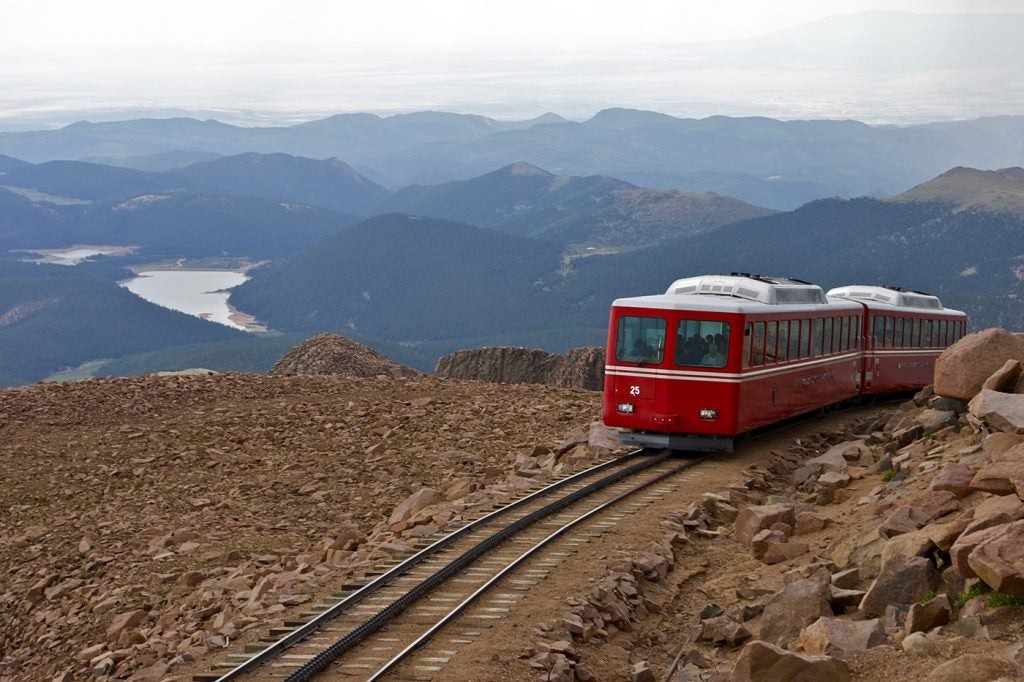
The proposed Phase One route options for the West Yorkshire mass transit system. Credit: West Yorkshire Combined Authority
The railway only has two stops – at the base and summit of Pikes Peak – with the Pikes Peak Summit terminus at 4,302m (14,114 feet) above sea level. The diesel-powered trains were renovated and joined by three new trainsets as part of a four-year renovation of the railway, completed in 2021.
4. Ferrocarril del Sur y Sur Oriente, Peru: 4,480m (14,698 feet)
The Cusco–Lake Titicaca line of the Ferrocarril del Sur y Sur Oriente del Peru (Southern and South Eastern Railway of Peru) runs from the historic city of Cusco to Lake Titicaca, one of the most popular tourism hotspots in Peru. National operator PeruRail runs various services on the line, such as the luxury sleeper service The Belmond Andean Explorer.
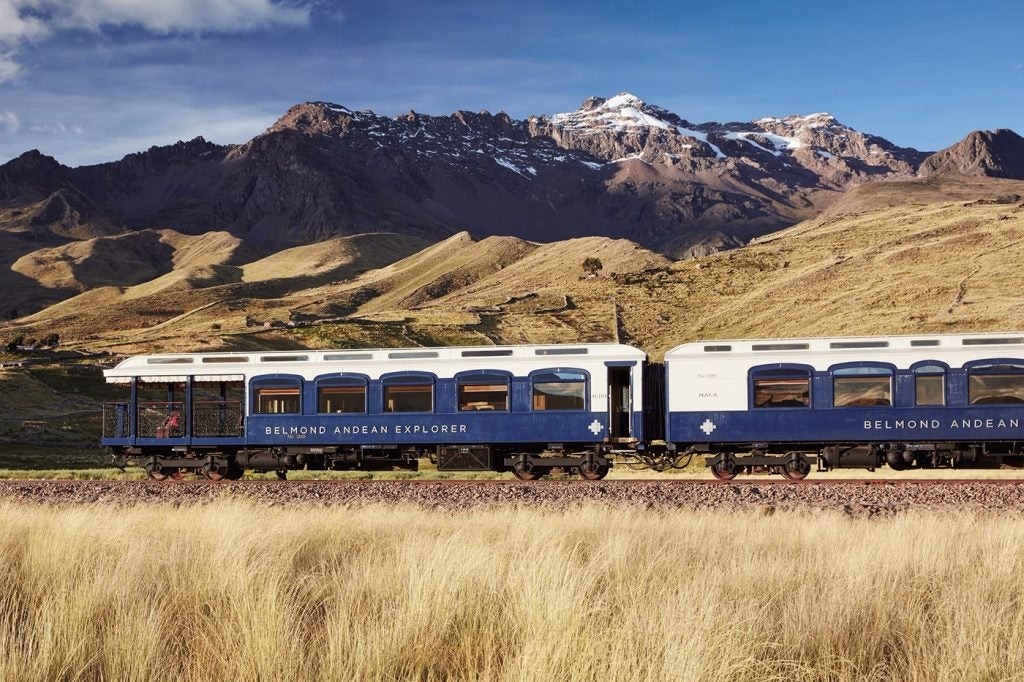
The proposed Phase One route options for the West Yorkshire mass transit system. Credit: West Yorkshire Combined Authority
The maximum elevation point of the railway is reached at the “Crucero Alto” pass 4480m (14,698 feet) above sea level. The highest stop is La Raya station, at an elevation of 4,313m (14,150 feet).
3. Ferrovías Central, Peru: 4,783m (15,692 feet)
The Lima–Huancayo line of the Ferrovías Central del Peru (Central Railway of Peru) runs from the Capital city of Lima to Huancayo in the central highlands of Peru. The 346km (215-mile) single-track railway is the highest standard-gauge railway in South America and crosses 58 bridges, 69 tunnels, and 6 switchbacks.
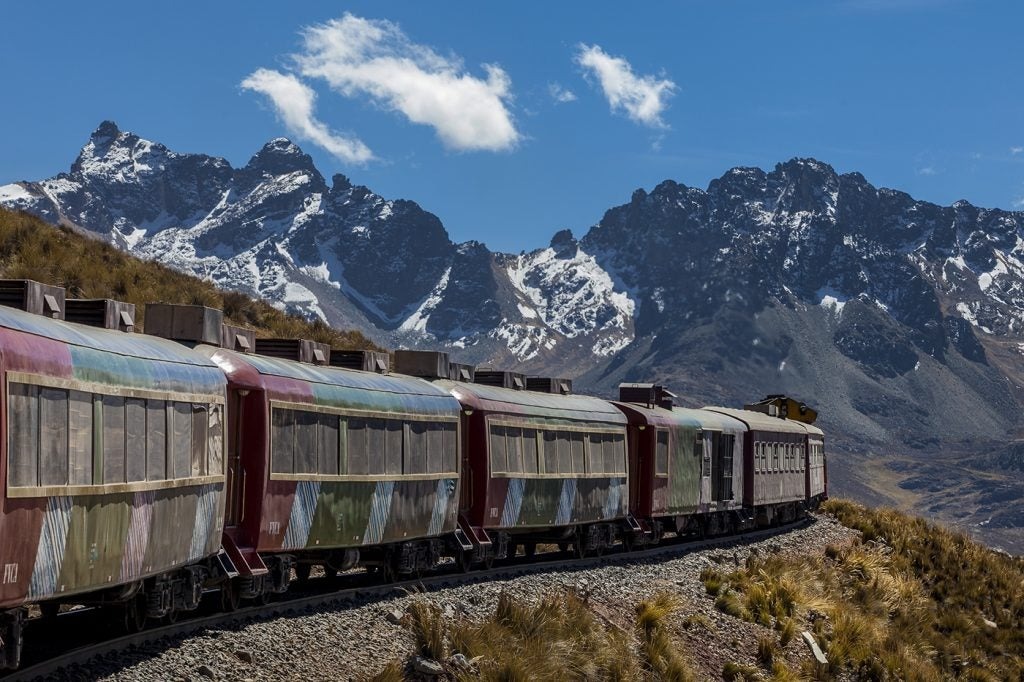
The proposed Phase One route options for the West Yorkshire mass transit system. Credit: West Yorkshire Combined Authority
The highest point of the railway is “La Cima” on the mining branch of the railway, sitting at 4,835m (15,863 feet) above sea level. On the passenger line, The Galera summit tunnel under Mount Meiggs is the highest point, at 4,783m (15,692 feet). Galera is the highest station at an elevation of 4,781m (15,681 feet), making it the third-highest railway station in the Western Hemisphere.
2. Rio Mulatos–Potosí line, Bolivia: 4,786m (15,702 feet)
Cóndor railway station on the Rio Mulatos–Potosí line in Bolivia is the highest station in the Western Hemisphere, sitting at an altitude of 4,786m (15,702 feet) above sea level. It is located in a remote, mountainous area, with little around the station area.
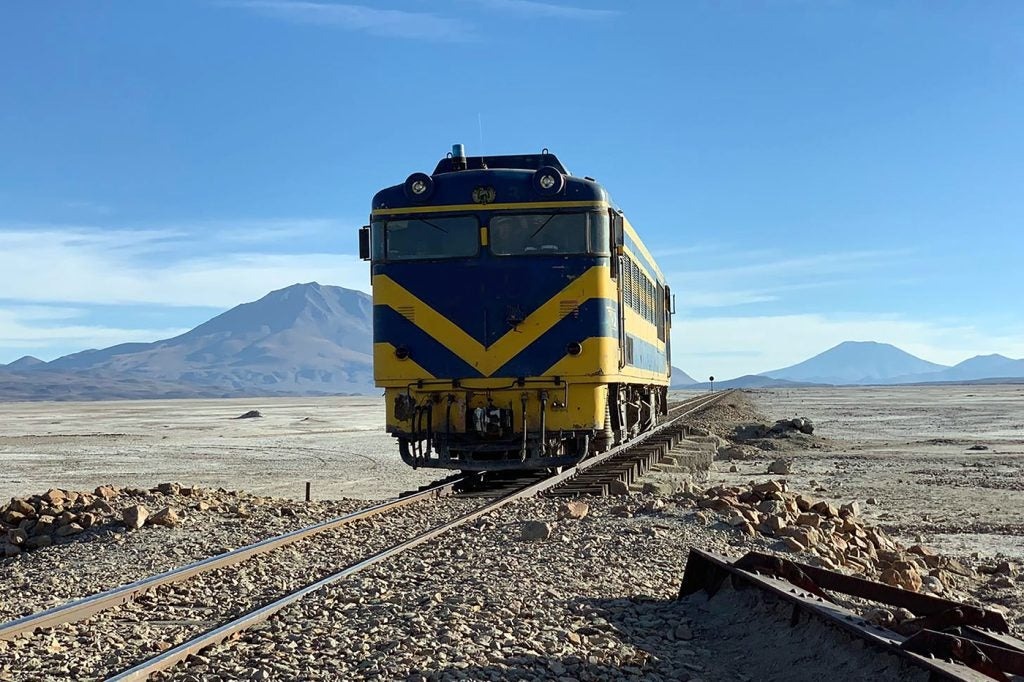
The proposed Phase One route options for the West Yorkshire mass transit system. Credit: West Yorkshire Combined Authority
The railway was originally built to connect to the Spanish colonial silver mint, which was located in Potosí due to the City’s location at the foot of Cerro Rico, a mountain in the Andean Mountain Range. Cerro Rico, otherwise known as Cerro Potosí, is popularly said to be ‘made of silver ore’, and provided vast quantities of silver for the Spanish Empire.
1. Qingzang railway, China: 5,072m (16,640 feet)
The Qinghai–Tibet railway, or Qingzang railway, is a high-elevation railway connecting Xining in the Qinghai Province and Lhasa, in Tibet. With over 960km (600 miles) of track being more than 4,000m (13,123 feet) above sea level, it is the highest railway line in the world. the railway passes through the Fenghuoshan Tunnel, 4,905m (16,093 feet) above sea level, making it the highest railway tunnel in the world.
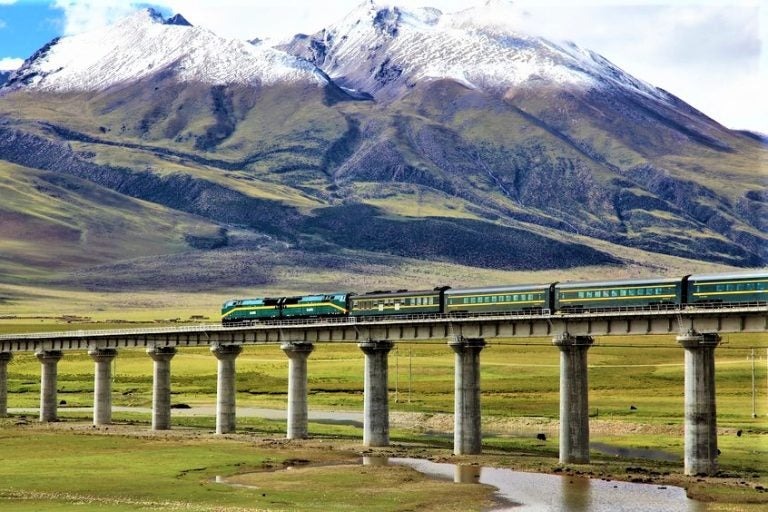
The proposed Phase One route options for the West Yorkshire mass transit system. Credit: West Yorkshire Combined Authority
In June 2022, a three-year project began to electrify the entire Qinghai–Tibet railway, at an estimated cost of CNY14.84bn ($2.06bn). The highest station on the railway is Tanggula railway station, at an elevation of 5,068m (16,627 feet) above sea level. The highest point of the railway, where it reaches an elevation of 5,072m (16,640 feet), is less than 1km (0.6 miles) from the station.
The mine’s concentrator can produce around 240,000 tonnes of ore, including around 26,500 tonnes of rare earth oxides.
Gavin John Lockyer, CEO of Arafura Resources
Total annual production

Phillip Day. Credit: Scotgold Resources
Production challenges for rare earth supply chains
There are two key issues with the production of REEs. First, all the rare earth deposits are mixed together, so it is difficult and expensive for processors to separate them and to take advantage of their individual properties. It is similarly challenging to split up the more valuable ones, such as terbium, from those of little value, like lanthanum.
Second, REEs are bound up in mineral deposits with the low-level radioactive element, thorium, exposure to which has been linked to an increased risk of developing lung and pancreatic cancer.
These obstacles create a huge challenge for any Western company that wants to become involved in the industry. However, they must be overcome if the Western world is to end its dependence on China.
Caption. Credit:
The biggest rare earth mines are located in China, and this source of domestic production has helped drive Chinese dominance. The Bayan Obo deposit in Inner Mongolia, north China – containing 40 million tonnes of rare earths reserves – houses the world’s largest deposits. The mine has been in production since 1957 and currently accounts for more than 70% of China’s light REE production.
However, Western mines are aiming to change this balance of production and power. The Mountain Pass Mine, owned by MP Materials , a Las Vegas-based mining company, is an open-pit mine of rare earths on the south flank of the Clark Mountain Range, 85km south-west of Las Vegas. In 2020, the mine supplied 15.8% of the world’s rare earth production and is the only rare earth mining and processing facility in the US.
In October 2020, Donald Trump, the former US president, signed an executive order declaring a national emergency in the mining industry, aimed at boosting the domestic production of rare earths. Trump ordered his cabinet to study the matter, with a view towards giving government grants for production equipment and imposing tariffs, quotas or other import restrictions against China.
The move, it said, would “allow the US Government to leverage the resources of its closest allies to enrich US manufacturing and industrial base capabilities and increase the nation’s advantage in an environment of great competition”.
The move, it said, would “allow the US Government to leverage the resources of its closest allies to enrich US manufacturing and industrial base capabilities and increase the nation’s advantage in an environment of great competition”.
